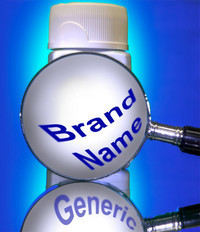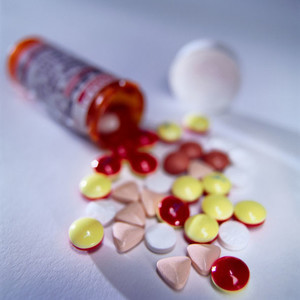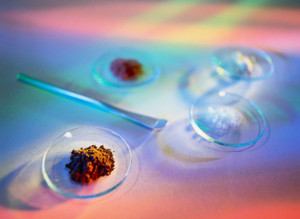Generics are often given all the praise when it comes to cutting costs for patients and payers, but, according to a piece in Forbes, brand-name drugs also cut healthcare costs.
Generics, it is admitted, do lower drug prices by 60% or more through competition after patents expire, causing brand-name manufacturers to lose around 80% of their market share. The common view is that generics lower costs and increase access to medicines. While in contrast brand-name medicines increase the cost of healthcare, especially for patients with, for example, cancer, multiple sclerosis or HIV, who require speciality drugs. However, economist Mr Tomas Philipson argues that this view is misguided for two main reasons:
- The arguments overlook the important distinction between the price of health and the cost of healthcare.
- Generics often do not reach a broader patient population and therefore do not increase access to medicines.
To support the first point, Mr Philipson gives the example of the introduction of Highly Active Antiretroviral Therapy (HAART) drugs. Before the innovative brand-name drugs became available in 1996 HIV positive patients had no means of buying a longer and healthier life – at any price. Their introduction he argues led to a dramatic reduction in the cost of a longer life. Thus, lowering the price of health, irrespective of whether such price cuts led to lower or higher healthcare spending.
Although generics lower the cost of drugs once patents expire, the introduction of generics depends on the prior existence of brand-name drugs. Therefore, Mr Philipson argues that a generic drug cannot lower the price of health further unless its brand-name reference drug lowered the price to start with.
In support of the second point, Mr Philipson states that general wisdom says that lowering prices will increase volume. However, work that he has carried out with fellow US economist Dr Darius Lakdawalla indicates this may not directly apply to biopharmaceuticals. Their research showed that, for products whose patents expired between 1992 and 2002, for about 40% of drugs the volume prescribed actually declined after patent expiration and expanded only modestly for many others. His explanation for this phenomenon is that while still protected by the patent, brand-name firms market their products to doctors and patients to make them aware of their existence and properties. But after patent-expiry marketing budgets for brand-name drugs are usually cut and, since generics have little incentive to spend lots of money on marketing, industry-wide marketing declines dramatically.
Brand-name drugs should therefore, according to Mr Philipson, not be viewed as obstacles to the accessibility and provision of cheaper health. He concludes that policies should be focused on incentivizing companies to lower the price of health through innovation. He also warns that ‘recent reforms in the US and abroad often entail threats to innovative returns that make health more expensive’.
Editor’s comment
Readers interested to learn more about innovation in generic pharmaceutical industry are invited to visit www.gabi-journal.net to view the following manuscript published in GaBI Journal:
The generic pharmaceutical industry: moving beyond incremental innovation towards re-innovation
If you are interested in contributing a research paper in a similar area to the GaBI Journal, please send us your submission here.
Related articles
UK plans to cut drug prices by up to 20%
Use of brand-name drugs increasing healthcare costs in US
Australia cuts prices of 13 more drugs on PBS
Permission granted to reproduce for personal and non-commercial use only. All other reproduction, copy or reprinting of all or part of any ‘Content’ found on this website is strictly prohibited without the prior consent of the publisher. Contact the publisher to obtain permission before redistributing.
Copyright – Unless otherwise stated all contents of this website are © 2014 Pro Pharma Communications International. All Rights Reserved.








 0
0











Post your comment